Asus 2008 Annual Report Download - page 134
Download and view the complete annual report
Please find page 134 of the 2008 Asus annual report below. You can navigate through the pages in the report by either clicking on the pages listed below, or by using the keyword search tool below to find specific information within the annual report.-
 1
1 -
 2
2 -
 3
3 -
 4
4 -
 5
5 -
 6
6 -
 7
7 -
 8
8 -
 9
9 -
 10
10 -
 11
11 -
 12
12 -
 13
13 -
 14
14 -
 15
15 -
 16
16 -
 17
17 -
 18
18 -
 19
19 -
 20
20 -
 21
21 -
 22
22 -
 23
23 -
 24
24 -
 25
25 -
 26
26 -
 27
27 -
 28
28 -
 29
29 -
 30
30 -
 31
31 -
 32
32 -
 33
33 -
 34
34 -
 35
35 -
 36
36 -
 37
37 -
 38
38 -
 39
39 -
 40
40 -
 41
41 -
 42
42 -
 43
43 -
 44
44 -
 45
45 -
 46
46 -
 47
47 -
 48
48 -
 49
49 -
 50
50 -
 51
51 -
 52
52 -
 53
53 -
 54
54 -
 55
55 -
 56
56 -
 57
57 -
 58
58 -
 59
59 -
 60
60 -
 61
61 -
 62
62 -
 63
63 -
 64
64 -
 65
65 -
 66
66 -
 67
67 -
 68
68 -
 69
69 -
 70
70 -
 71
71 -
 72
72 -
 73
73 -
 74
74 -
 75
75 -
 76
76 -
 77
77 -
 78
78 -
 79
79 -
 80
80 -
 81
81 -
 82
82 -
 83
83 -
 84
84 -
 85
85 -
 86
86 -
 87
87 -
 88
88 -
 89
89 -
 90
90 -
 91
91 -
 92
92 -
 93
93 -
 94
94 -
 95
95 -
 96
96 -
 97
97 -
 98
98 -
 99
99 -
 100
100 -
 101
101 -
 102
102 -
 103
103 -
 104
104 -
 105
105 -
 106
106 -
 107
107 -
 108
108 -
 109
109 -
 110
110 -
 111
111 -
 112
112 -
 113
113 -
 114
114 -
 115
115 -
 116
116 -
 117
117 -
 118
118 -
 119
119 -
 120
120 -
 121
121 -
 122
122 -
 123
123 -
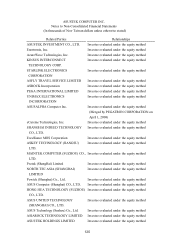 124
124 -
 125
125 -
 126
126 -
 127
127 -
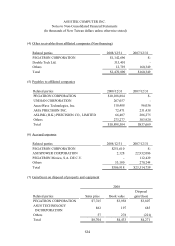 128
128 -
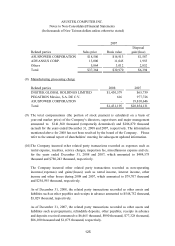 129
129 -
 130
130 -
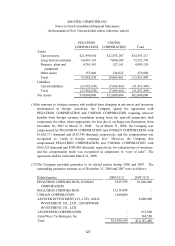 131
131 -
 132
132 -
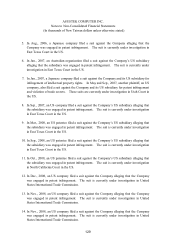 133
133 -
 134
134 -
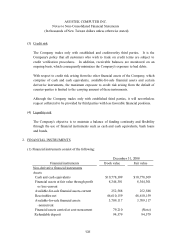 135
135 -
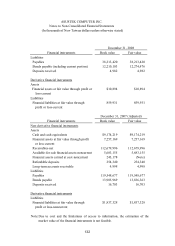 136
136 -
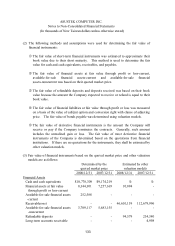 137
137 -
 138
138 -
 139
139 -
 140
140 -
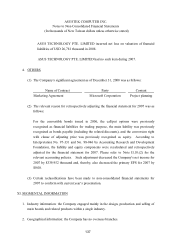 141
141 -
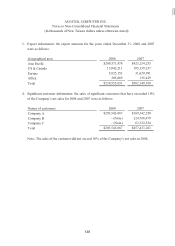 142
142 -
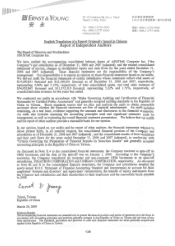 143
143 -
 144
144 -
 145
145 -
 146
146 -
 147
147 -
 148
148 -
 149
149 -
 150
150 -
 151
151 -
 152
152 -
 153
153 -
 154
154 -
 155
155 -
 156
156 -
 157
157 -
 158
158 -
 159
159 -
 160
160 -
 161
161 -
 162
162 -
 163
163 -
 164
164 -
 165
165 -
 166
166 -
 167
167 -
 168
168 -
 169
169 -
 170
170 -
 171
171 -
 172
172 -
 173
173 -
 174
174 -
 175
175 -
 176
176 -
 177
177 -
 178
178 -
 179
179 -
 180
180 -
 181
181 -
 182
182 -
 183
183 -
 184
184 -
 185
185 -
 186
186 -
 187
187 -
 188
188 -
 189
189 -
 190
190 -
 191
191 -
 192
192 -
 193
193 -
 194
194 -
 195
195 -
 196
196 -
 197
197 -
 198
198 -
 199
199 -
 200
200 -
 201
201 -
 202
202 -
 203
203 -
 204
204 -
 205
205 -
 206
206 -
 207
207 -
 208
208 -
 209
209 -
 210
210 -
 211
211 -
 212
212 -
 213
213 -
 214
214 -
 215
215 -
 216
216 -
 217
217 -
 218
218 -
 219
219 -
 220
220 -
 221
221 -
 222
222 -
 223
223 -
 224
224 -
 225
225 -
 226
226 -
 227
227 -
 228
228 -
 229
229 -
 230
230 -
 231
231 -
 232
232 -
 233
233 -
 234
234 -
 235
235 -
 236
236 -
 237
237 -
 238
238 -
 239
239 -
 240
240 -
 241
241 -
 242
242 -
 243
243 -
 244
244 -
 245
245 -
 246
246 -
 247
247 -
 248
248 -
 249
249 -
 250
250 -
 251
251
 |
 |

130
ASUSTEK COMPUTER INC.
Notes to Non-Consolidated Financial Statements
(In thousands of New Taiwan dollars unless otherwise stated)
VIII SIGNIFICANT DISASTER LOSS
None.
IX. SUBSEQUENT EVENTS
On February 18, 2009, the board of the Company resolved to buy back its 60,000 thousand
shares. The buyback period would be from February 19 to April 18, 2009.
X. OTHER SIGNIFICANT MATTERS
1. RISKS MANAGEMENT OBJECTIVE AND POLICIES
Derivative financial instruments held by the Company are forward exchange contracts and
foreign currency options. The Company’s principal financial instruments, other than
derivatives, comprise of cash and cash equivalents, financial assets at fair value through profit
or loss, available-for-sale financial asset-current and available-for-sale financial
asset-noncurrent. The main purpose of these financial instruments is to manage the
financing for the Company’s operations. The Company also holds various other financial
assets and liabilities such as accounts receivable and accounts payable, which arose directly
from its operations.
The main risks arising from the Company’s financial instruments are foreign currency risk,
commodity price risk, credit risk, liquidity risk and cash flow risk from fluctuations in interest
rate.
(1) Foreign currency risk
The Company exposes to foreign currency risks arising from purchases or sales
denominated in foreign currencies. The Company uses the principle of natural hedge to
mitigate the risk and utilizes spot or forward contracts to hedge foreign currency risk.
The notional amounts of the foreign currency contracts are the same as the amounts of
the hedged items. In principle, the Company does not enter into any forward contracts
for commitments of uncertain nature. The Company enters into forward currency
contracts to hedge the exchange rate risk of assets, liabilities and commitments
denominated in foreign currencies. The Company’s hedging strategy is to avoid most
market price risks. The Company uses the derivatives that have highest negative
correlation with the hedged items as hedging instruments and evaluate the hedge
effectiveness periodically.
(2) Commodity price risk
The Company's exposure to price risk is minimal.
